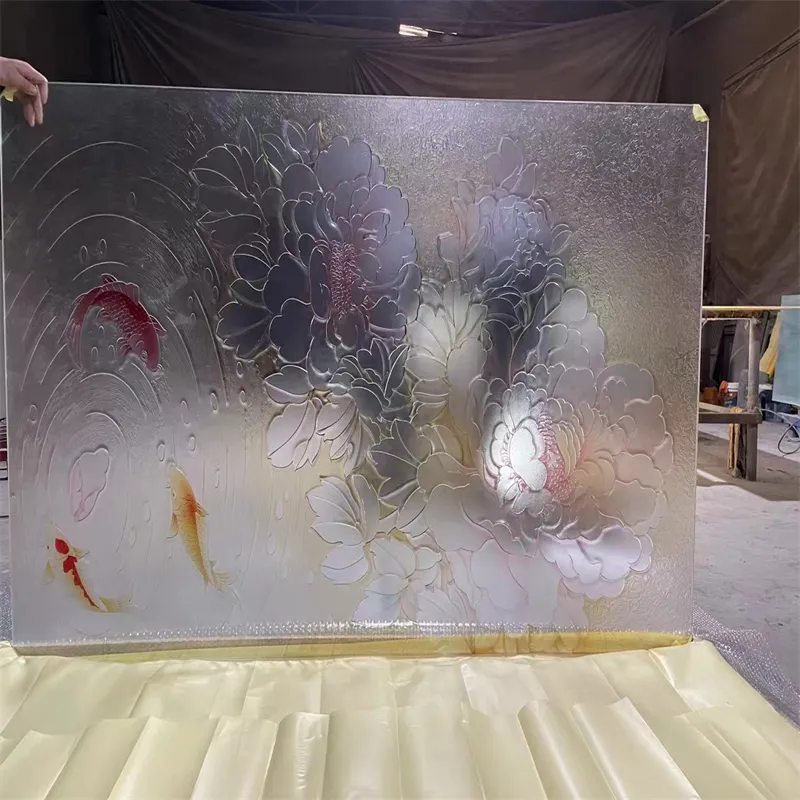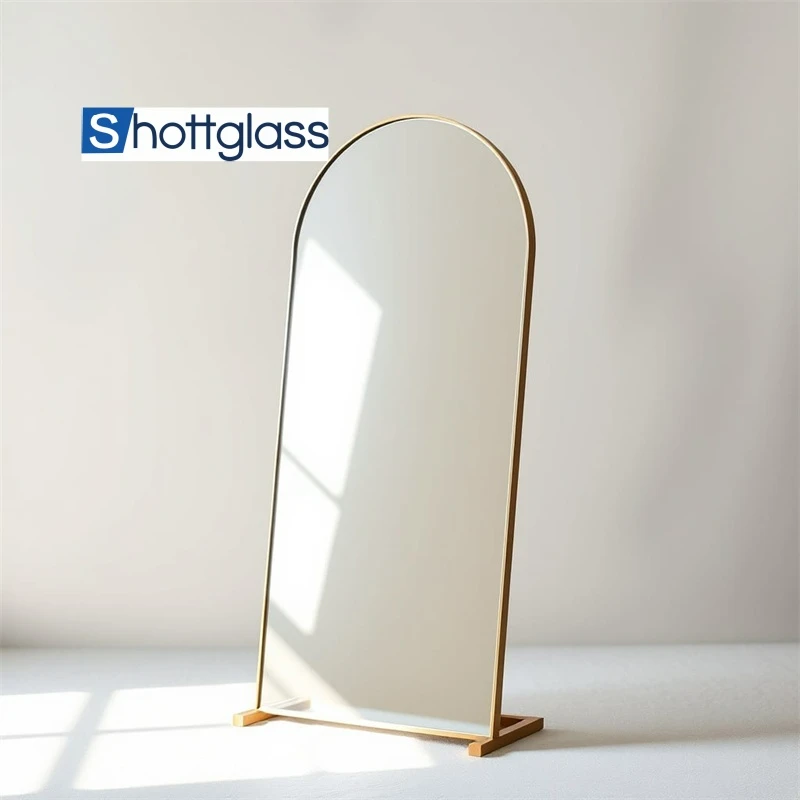Oct . 07, 2024 12:32 Back to list
low e coatings
Understanding Low-E Coatings Enhancing Energy Efficiency in Buildings
Low-E coatings, short for low-emissivity coatings, are a significant technological advancement in the field of energy efficiency for buildings. These microscopic layers of metal or metallic oxide are applied to window glass, significantly improving thermal performance and reducing energy consumption.
Understanding Low-E Coatings Enhancing Energy Efficiency in Buildings
Low-E coatings come in two primary types hard-coat and soft-coat. Hard-coat low-E is created through a process called pyrolysis, which involves applying the coating during the glass manufacturing process. This type is more durable and is often used in single-pane glass. On the other hand, soft-coat low-E coatings are applied to glass after it has been manufactured, usually resulting in better performance and lower emissivity. Soft-coat coatings are typically used in double and triple-glazed windows, where their superior performance can be fully realized.
low e coatings

The energy savings resulting from low-E windows can be substantial. Studies suggest that buildings with low-E glass can achieve up to a 30% reduction in energy costs compared to traditional windows. This not only leads to financial savings but also contributes to a smaller carbon footprint, making it a desirable choice for sustainable building practices.
Moreover, low-E coatings can also enhance the comfort of interior spaces. By minimizing drafts and maintaining a consistent temperature, these windows create a more pleasant living or working environment. Additionally, they can help mitigate issues related to UV exposure, which can cause fading of interior furnishings and discomfort.
In conclusion, low-E coatings are a critical component in the fight against energy inefficiency in buildings. As the demand for sustainable and energy-efficient construction continues to rise, low-E technology plays a key role in enhancing thermal performance, reducing energy costs, and improving overall indoor comfort. Investing in low-E windows is not just a smart economic choice; it is a step towards more responsible and environmentally-friendly building practices.
-
Sustainable Practices in a Modern Coated Glass Factory
NewsAug.07,2025
-
Insulated Glass Unit Installation Best Practices and Tips
NewsAug.07,2025
-
Frosted Glass Types and Custom Solutions for Sale
NewsAug.07,2025
-
Current Clear Float Glass Price Trends in Global Markets
NewsAug.07,2025
-
Comparing Different Types of Laminated Glass Performance
NewsAug.07,2025
-
Best Anti Fog Bathroom Mirror Solutions for Humid Climates
NewsAug.07,2025
Related PRODUCTS














